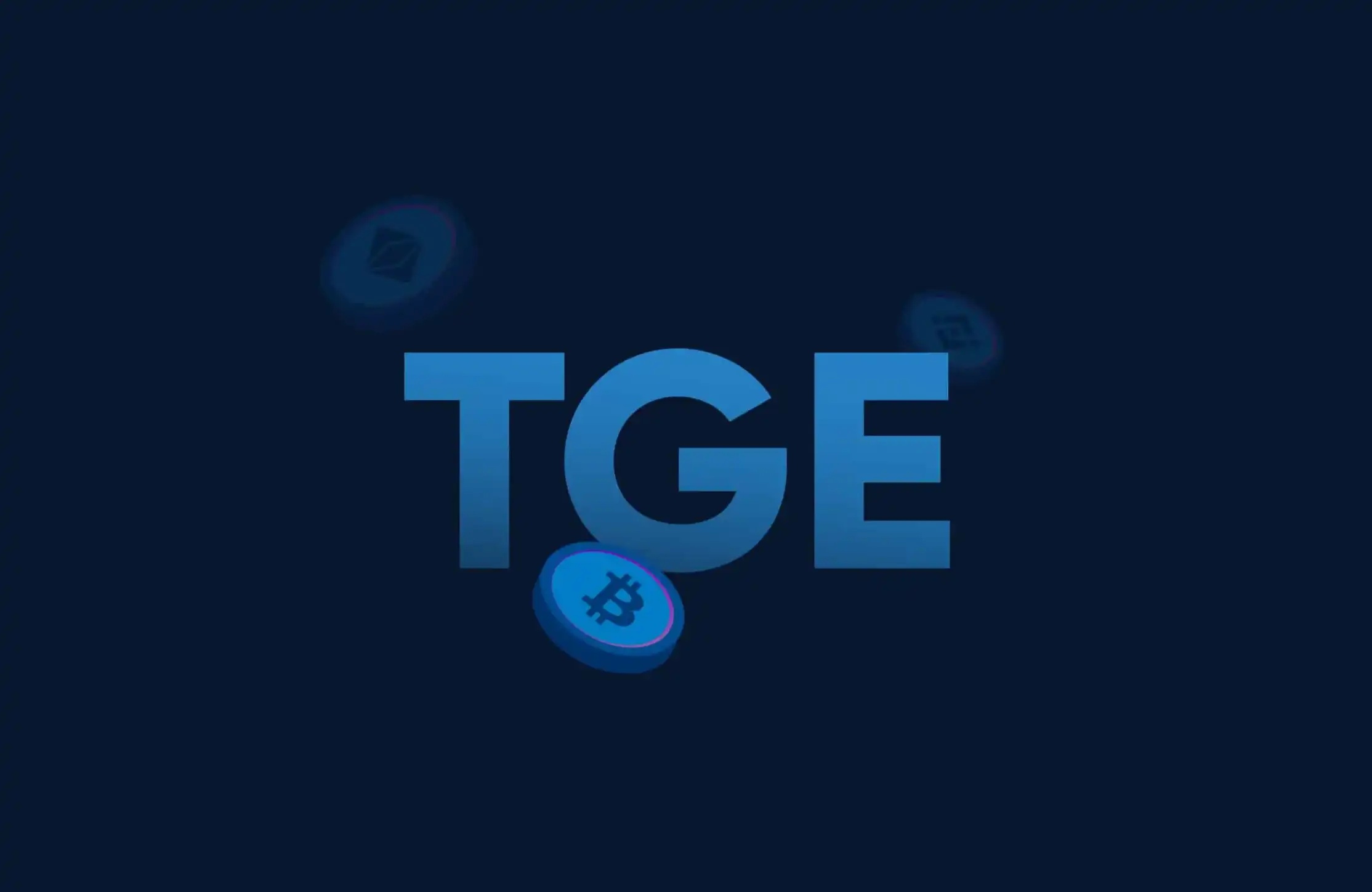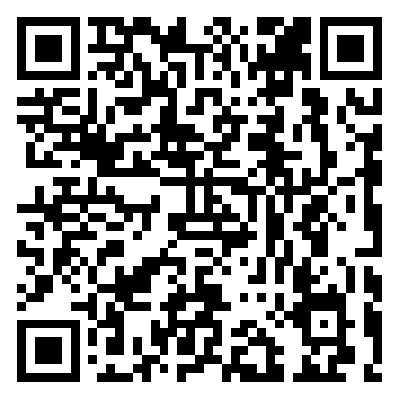CZ's Matchmaking Leads to Sign Unveiling National Sovereign Infrastructure from Sovereign Chain to Global Settlement Network
Over the past decade, the blockchain industry has traversed an immensely experimental development path. People wielded a hammer, searching for nails in various fields. We witnessed the DeFi craze, the technological arms race of public chain scalability, and the emergence of new narratives such as RWA DePIN. Yet, at every stage, the foundation of blockchain has always revolved around users and enterprises, attempting to fulfill certain groups' needs. However, as the native crypto community reached tens of millions of users, growth significantly slowed down, and a ceiling gradually appeared.
The development of blockchain can be roughly divided into three stages. The 2020 DeFi Summer marked a watershed moment for the industry, where decentralized exchanges, lending, derivatives, and other financial applications emerged one after another. Blockchain, for the first time, massively proved its unique value beyond traditional industries. The second stage was the narrative of scalability and performance. As Ethereum's gas fees skyrocketed to hundreds of dollars, the industry realized that performance had become a bottleneck to mass adoption. Therefore, developers sparked a wave of throughput improvement, with solutions like Solana, Optimism, Arbitrum, and other Layer 2 solutions rising. Subsequently, as the crypto-native market growth slowed down, people began contemplating bridging the gap between the blockchain and the real world. RWA attempted to tokenize traditional assets such as bonds, real estate, and gold, while DePIN brought physical infrastructure like computing power, bandwidth, and energy onto the blockchain.
It is at this moment that Sign elevated the narrative to another level, no longer striving to capture "a specific user group" or "a particular vertical domain," but directly targeting the "nation," the largest and most central demand side.

A nation possesses a population of billions, the most complex social governance system, and the most extensive asset and currency circulation. And these happen to be the potential optimal use cases for blockchain. Sign's ambition is to provide a national sovereignty-level blockchain infrastructure, enabling governments to gradually migrate core functions, be it currency issuance and settlement, identity authentication and management, public resource allocation, or social governance and public services, onto the blockchain.
In other words, Sign does not merely serve individuals or enterprises but aims to become the foundation of a "digital nation." This implies that Sign's narrative goal is no longer financial innovation for a million users but the sovereignty transformation of a billion users.
From Confrontation to Integration: Why Nations Need Blockchain
For a long time, blockchain has been equated with decentralization, and its narrative has often been linked to denationalization. However, as time has passed, this confrontational narrative has gradually revealed its limitations. For nations, the value of blockchain has never been about denationalization but about enhancing governance capabilities and reducing societal operational costs.
Looking back at the history of blockchain, it originated from a lack of trust in the existing financial system. Bitcoin was born against the backdrop of a financial crisis, with a strong emphasis on denationalization and decentralization. However, over a decade has passed, and people have gradually realized that the ideal of denationalization cannot solve most of the real-world problems in societal operation.
On the one hand, no country can relinquish its dominance in finance and credit. Whether it's currency issuance, tax collection, or social welfare distribution, these core functions determine that the state must hold the reins of governance. Any attempt to bypass the state's system will ultimately face regulatory resistance. On the other hand, societal operation requires stability and order. The expansion of a decentralized system inevitably involves issues such as compliance and identity. Without the involvement of the state, these issues cannot be resolved.
In a blockchain world completely devoid of state involvement, lacking an identity system, legal protection, and public services, it is ultimately difficult to establish a widespread connection with the real society. Even within the crypto industry, development has gradually encountered bottlenecks. When the user base surpasses tens of millions, growth stagnates, and the narrative hype of trends like DeFi, NFTs, and GameFi often only sustains for a brief period, struggling to reach the mass populace of billions. So, what is the true ultimate application scenario of blockchain?
Blockchain is not about confronting the state but about helping the state.
The inherent characteristics of blockchain, such as transparency, immutability, and programmability, naturally lend themselves to serving as a national-level infrastructure, catering to key aspects such as currency issuance, identity authentication, social governance, and public resource allocation.
And this is precisely Sign's positioning.
Sign is not an "application-layer" innovation in the traditional sense but directly enters the sovereign level to build a blockchain infrastructure that a country can adopt directly. Its goal is not limited to millions of crypto-native users but is geared towards the billion-level national populace.
The core logic of Sign is to provide a complete Sovereign Infrastructure for Global Nations (S.I.G.N.), helping countries migrate key data, identities, and asset distribution onto the chain to establish a verifiable, auditable governance system.
National Sovereignty Infrastructure, Sovereignty Chain, Asset Distribution System, and On-Chain Credit System
The first step in building a national sovereignty infrastructure is to create a sovereignty chain. This means that blockchain is no longer just a civil experiment but something that can be directly adopted and controlled by the state.
Sign offers two complementary sovereign blockchain solutions designed for specific regulatory requirements and use cases. One emphasizes transparency, external connectivity, global accessibility, and usability for public services, built on a mature L1 to create a customizable L2. It is suitable for national stablecoins, payment systems, and even the digitization of assets such as land and property, allowing national assets to circulate globally and bring about new financial opportunities. The other is a CBDC sovereign private chain based on Hyperledger Fabric, emphasizing privacy and compliance, suitable for interbank settlement or retail payments, fully controlled by the central bank to ensure data security and non-disclosure.
Two chains can be bridged to form a digitally governed network that is both domestically controllable and internationally accessible. Governments can maintain full control over sovereign currency and the financial system while enabling international connectivity and asset globalization through a public chain.
The sovereign chain architecture provided by Sign helps countries find a balance between privacy and transparency, compliance and circulation.

If the sovereign chain is considered the foundation, then the asset distribution system is the lever that truly integrates blockchain into national operations.
On a daily basis, countries need to distribute public funds such as pensions, welfare subsidies, education allowances, medical coverage, and even send urgent rescue funds in times of disasters. These fund distributions are often large-scale, involving numerous recipients, and the inefficiency and corruption-prone nature of traditional systems.
The distribution system provided by Sign offers, for the first time, a truly scalable and implementable solution for national-level applications. Not only can it achieve large-scale fund disbursement, covering millions or even billions of users in a single operation, but it also incorporates programmable logic in its design. This means that funds are no longer simply a one-time disbursement but can automatically be triggered based on conditions. For example, education allowances can be regularly disbursed by semester, pensions can be precisely matched based on age groups and social security data, and even in disaster relief, funds can instantly reach the affected population in the disaster area.
The flexibility of this system is also evident in cross-chain compatibility. In retail payment scenarios where privacy is required, the system can run directly on a CBDC chain to meet security and privacy requirements. In international aid scenarios where transparency is needed, it can choose to operate on L2 for a clear and traceable flow of funds. When combined with Sign Protocol's digital identity authentication, the distribution process can achieve precise targeting, ensuring that every fund reaches its rightful recipient, thus preventing fraud and double claiming from the source.
Of particular note is that the core module of this system, "TokenTable," has already seen extensive application in past airdrops, providing over 40 billion USD worth of token airdrops and unlocks to more than 40 million users worldwide. This demonstrates its capability to handle high concurrency and precise distribution, making it more than capable of supporting national-level asset distribution tasks.
This system means that countries can not only efficiently distribute assets on-chain but also transform the distribution process into a compliant, transparent governance tool. Timely pension disbursements, direct aid to disaster areas, zero-delay education subsidies—these are all direct benefits of blockchain in national-level applications. From a longer-term perspective, this system also drives assets toward migration to encryption standards. When welfare, subsidies, and aid funds all operate through on-chain channels, governments can directly engage in social management and international cooperation under Web3 standards.

In addition, Sign is built on the Sign Protocol, providing a comprehensive on-chain authentication framework.
Currently, almost all our activities are based on identity and credit. An ID card represents the subject, while income and tax records reflect personal credit. However, this information is scattered across different departments and databases, making circulation difficult and lacking transparency. The value of the Sign Protocol lies in breaking through this key link. By putting key information on the chain, securely stored in encrypted form, core data such as passports and ID cards become verifiable and transferable. At the same time, utilizing advanced cryptography techniques like zero-knowledge proofs, users can complete authentication without revealing complete information.
As more information is recorded, the Sign Protocol can gradually build a verifiable information database, providing basic data support for national digital governance. In border control, tourists can quickly pass through customs by presenting their on-chain identity credentials. In the public service sector, whether it's pension disbursement or targeted allocation of disaster relief funds, the system only needs to verify if a citizen is eligible to achieve precise targeting.
Over time, this on-chain system built by the Sign Protocol will evolve into the cornerstone of a country's sovereign chain of trust. For the future digital society, this will be as crucial as the monetary system.
Looking to the Future, Parallel to SWIFT
Narrative is the gateway of flow, driving funds, and also the core of valuation. However, for any narrative to truly materialize, it must go through the test from concept to execution.
In the crypto world, releasing a project's whitepaper is often seen as a quick project kickoff to seize the market. However, the significance of Sign releasing a whitepaper goes far beyond that. This is not a momentary move but a long-term strategic layout, a path that is only navigated through deep groundwork, continuous practice, and accumulation. The emergence of S.I.G.N. is not a coincidence. It has garnered long-term support from key industry figures and institutions. Binance founder CZ has publicly stated that he not only pays attention to Sign in terms of investment and ideas but also helps Sign bridge connections between multiple countries.

It is worth noting that CZ himself is already a strategic advisor to the Pakistan Crypto Advisory Council and also advises the Kyrgyzstan National Blockchain and Web3 Policy, indicating his significant influence in driving blockchain policy and infrastructure at the national level.
At the same time, YZi Labs' investment in Sign has also provided capital and resource support for its long-term strategy. These resources are not limited to funds, but also include the ability to establish connections with various governments and institutions. This long-term groundwork is exactly why Sign was able to directly enter the narrative of "national sovereignty infrastructure" in the whitepaper stage.
Looking back over the past decade, the early narrative of the blockchain industry was mostly in opposition to nation-states. It emphasized decentralization, deromanticization of nation-states, and aimed to bypass existing power structures through technological means. However, it has been proven that this path cannot truly reach the masses. Without the involvement of nation-states, the scale and impact of blockchain are inevitably limited. The real societal need is not to be in conflict with nation-states, but to help nations govern more efficiently, reduce the cost of societal operation, and enhance the transparency of public funds and credit systems. Sign's answer is precisely to build national sovereign infrastructure.
As more and more countries explore CBDCs and digital governance, Sign's value will become more prominent. Through a sovereign chain framework, asset distribution system, and on-chain information and credit system, Sign has not only provided a complete set of digital governance tools for nations but has also reshaped the narrative of blockchain. Blockchain is no longer synonymous with a speculative market but has become a national-level infrastructure embedded in the national governance system.
Furthermore, in the medium to long term, Sign may grow into a system parallel to SWIFT. If multiple countries deploy sovereign chains based on Sign and achieve interoperability through a unified asset distribution and credit verification protocol, then a new international clearing and collaboration network will gradually take shape. It will not only complement the existing shortcomings of SWIFT in efficiency and transparency but also provide a more equitable international financial access for emerging nations.
This is not just an opportunity for Sign, but a key leap for the blockchain industry to truly move towards the mainstream.
Welcome to join the official BlockBeats community:
Telegram Subscription Group: https://t.me/theblockbeats
Telegram Discussion Group: https://t.me/BlockBeats_App
Official Twitter Account: https://twitter.com/BlockBeatsAsia


 Forum
Forum Finance
Finance
 Specials
Specials
 On-chain Eco
On-chain Eco
 Entry
Entry
 Podcasts
Podcasts
 Activities
Activities
 OPRR
OPRR







